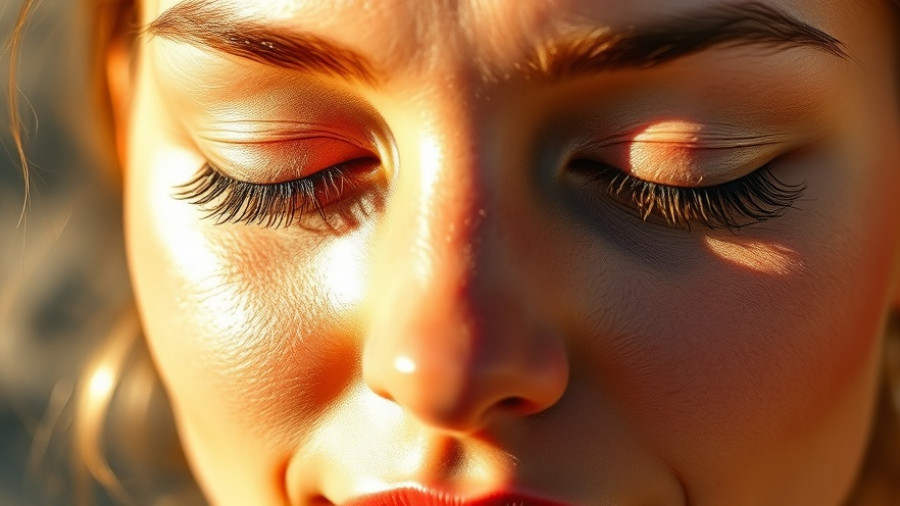
Understanding Fordyce Spots: What Are They?
Have you ever noticed small, pale yellow or white bumps appearing around your lips or in the genital area? If so, you might be witnessing a natural phenomenon known as Fordyce spots. These tiny bumps, which often cause concern for their unusual appearance, are a common anatomical variant that many people experience throughout their lives. Though they can be unsettling at first, it’s essential to understand that Fordyce spots are entirely normal and not a sign of any underlying health issue.
In 'Fordyce Spots: What No One Tells You About Those White Bumps,' the discussion dives into this common skin condition, exploring key insights that sparked deeper analysis on our end.
What Causes Fordyce Spots?
Fordyce spots occur due to ectopic sebaceous glands—sebaceous glands that appear outside their typical locations on the body. Up to 80% of adults may have these spots, making it a widespread occurrence. During puberty and hormonal changes, such as those that may accompany the menstrual cycle, these spots can become more noticeable. Importantly, their presence is not related to hygiene choices or sexual activity, alleviating any fears of potential contagion or infection associated with them.
How to Identify Fordyce Spots
Knowing what Fordyce spots look like can relieve anxiety for numerous individuals. Typically, these bumps range from 1 to 3 millimeters in size, presenting as pale or yellowish-white and dome-shaped. They aren’t painful and don’t cause any itching or discomfort. Despite their resemblance to other skin bumps, Fordyce spots are distinct and shouldn’t be mistaken for acne, warts, or infections. However, if you’re ever in doubt, consulting a dermatologist can provide clarity.
Treatments for Fordyce Spots: What You Need to Know
While Fordyce spots are not harmful, some individuals may seek treatment for cosmetic reasons. Options such as CO2 laser therapy and electro-surgery exist, although they can be costly and may require downtime. Topical treatments, like adapalene, might help diminish visibility but can irritate sensitive skin areas like the lips or genital regions. It’s crucial to exercise caution with aggressive exfoliation techniques, as over-treatment can lead to irritation rather than improvement.
When to See a Professional
If Fordyce spots cause significant self-esteem issues, or if there’s uncertainty about the diagnosis, a visit to a board-certified dermatologist is advisable. It’s particularly important if the spots become painful, begin to ooze, or exhibit unusual patterns. Conditions such as molluscum contagiosum, sebaceous hyperplasia, or other skin conditions might look similar and require different management strategies.
A Positive Perspective on Fordyce Spots
Many people don’t even notice Fordyce spots except when they appear on their lips or in intimate areas. Understanding that these spots are benign cosmetic concerns can help ease feelings of insecurity. Remember, confidence stems from self-acceptance, and it’s okay to embrace your natural anatomy. In a world where appearance often dictates perception, rising above such trivial judgments is crucial. Those who mock differences in appearance are often projecting their insecurities.
For those in the Gig Harbor area, many medspa services can help with various aesthetic concerns, including treatments that may address self-esteem linked to skin imperfections. Whether considering Botox treatments, laser hair removal, or a non-surgical facelift to rejuvenate your appearance, investing in self-care can positively affect your overall well-being.
Incorporating knowledge about skincare, such as understanding Fordyce spots, empowers individuals to embrace what makes them unique while also exploring available aesthetic services in their community.
 Add Row
Add Row  Add
Add 




Write A Comment